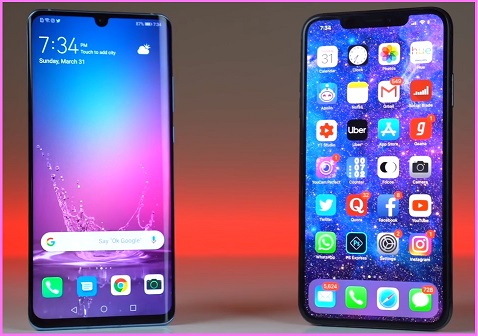Huawei has unveiled its own operating system in the wake of global bans and sanctions against the Chinese tech giant.
The homegrown operating system, HarmonyOS, was officially revealed at Huawei’s developer conference in China, and is being positioned as a back-up if the company loses access to Google’s Android operating system.
The open source platform will initially be used across a range of Huawei’s smart televisions, smartwatches and Internet of Things devices, but will also be ready to be used on smartphones if Huawei can no longer use Android.
This has been feared by Huawei since the US government’s recent trade restrictions threatened to prevent American companies like Google from doing business with companies such as Huawei.
HarmonyOS is based on microkernel that will be made available to developers under a distributed chain, with an aim to foster a shared developer ecosystem.
“HarmonyOS is completely different from Android and iOS,” Huawei consumer business group head Richard Yu said at the conference. “It is a microkernel-based, distributed OS that delivers a smooth experience across all scenarios.
“It has trustworthy and secure architecture, and it supports seamless collaboration across devices. You can develop your apps once, then flexibly deploy them across a range of different devices.”
The first product to be running on HarmonyOS will be the Honor Vision smart TV, which will be on sale in China this week.
Huawei is also planning to invest $US1 billion to encourage developers to make apps for HarmonyOS, with 80 per cent of this to be spent overseas. It will also only take a 10-15 per cent cut from revenue earned on its app store, as opposed to the 30 per cent taken by Google and Apple.
HarmonyOS won’t be replacing Android on Huawei phones for the time being, although Yu did warn that the company could “immediately switch” to its own operating system if it needs to.

Developing its own operating system is part of Huawei’s push to become less reliant on the US in the face of an escalating trade war between China and the US, and a number of countries around the world becoming increasingly cautious of the China-based tech firm.
An order from US President Donald Trump earlier this year placed Huawei on the “entity list”, meaning that any US company looking to conduct business with it is required to get a special licence to do so.
It is now uncertain whether Huawei will be able to continue to run Android on its phones, with reports earlier this year that it would “immediately’ lose access to Android updates and future phones may not future the Google Play Store, YouTube or Gmail.
The HarmonyOS reveal came at the same time as Trump reaffirming his commitment that the US government would no longer be dealing with Huawei.
“We are not going to do business with Huawei...and I really made the decision,” he told the media. “It’s much simpler not doing any business with Huawei - that doesn’t mean we won’t agree to something if and when we make a trade deal.
“We are talking to China; we are not ready to make a deal, but we’ll see what happens. China wants to do something but I’m not doing anything yet.”
The Australian government late last year moved to ban Huawei from participating in the development of the 5G network, with the move reaffirmed by the Coalition this year.




.jpg)





